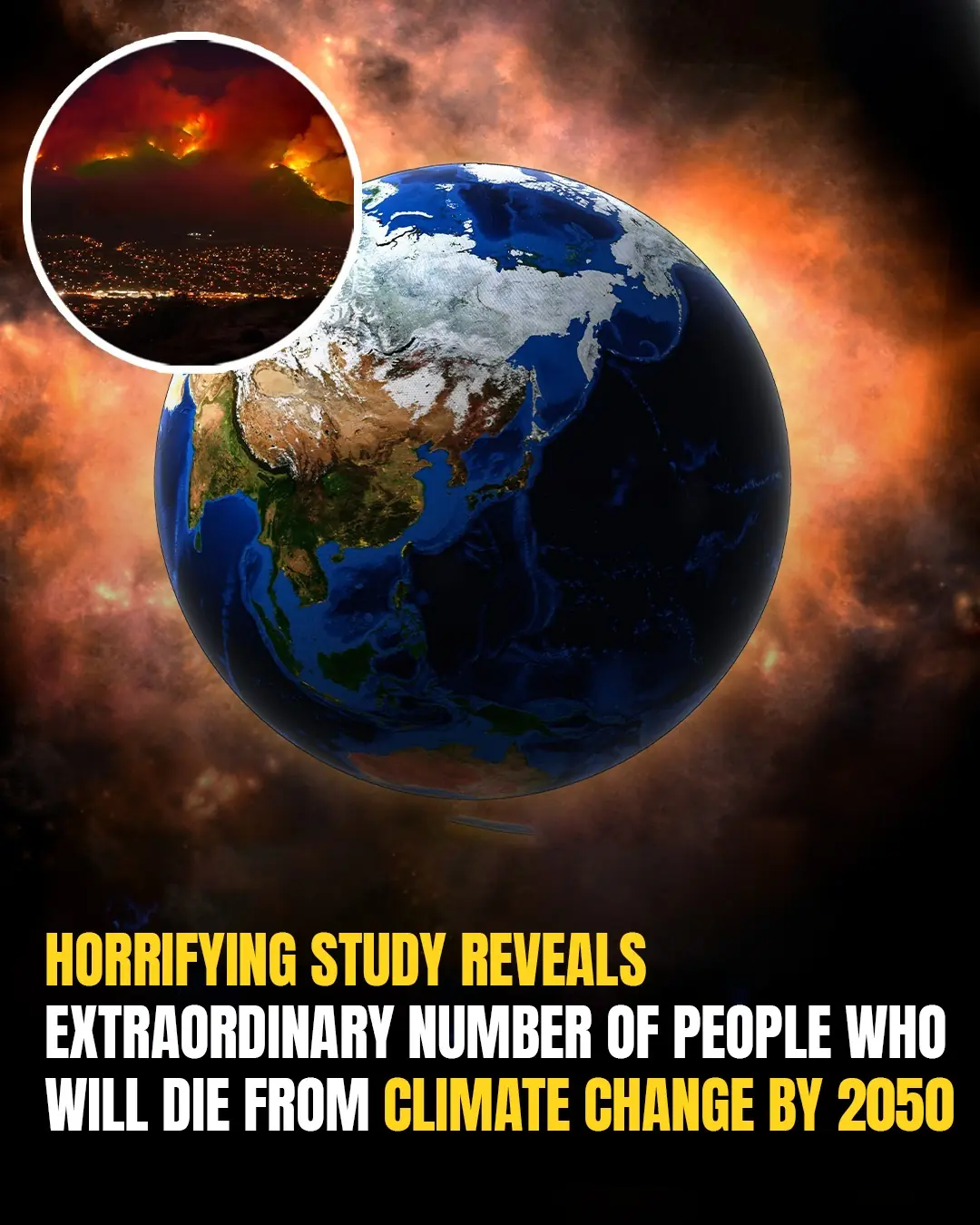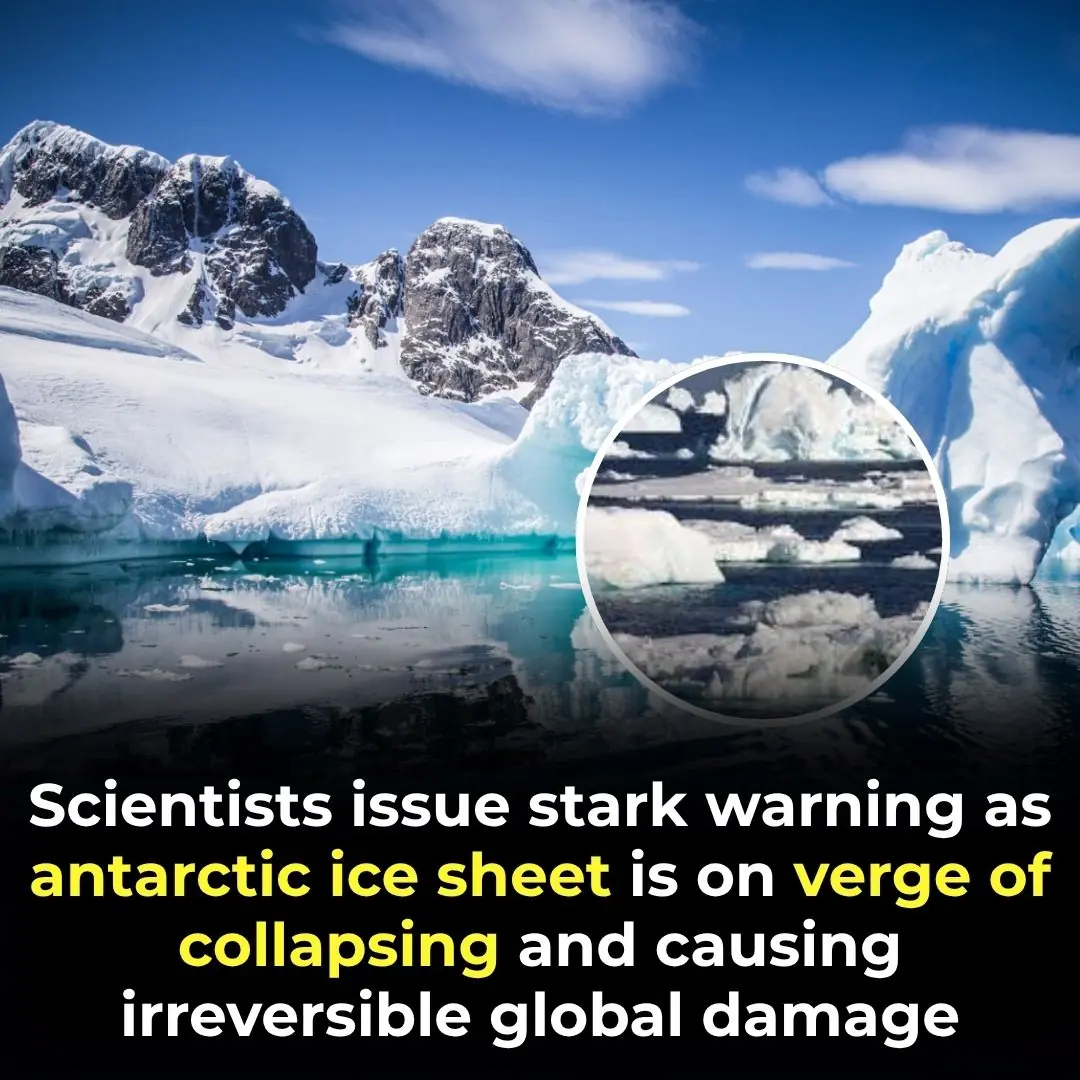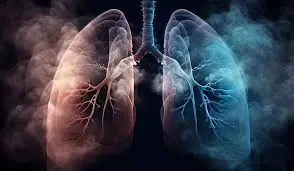
The Dark Year: What Made 536 So Devastating For Civilization
Historian Michael McCormick’s response to the question of which year was the worst in human history is unexpected. It’s not 1918, when tens of millions of people died from the flu epidemic, or 1349, when half of Europe was destroyed by the Black Death. Rather, he cites 536 AD, a year that saw an unparalleled worldwide calamity. “It was the beginning of one of the worst periods to be alive, if not the worst year,” says McCormick, who leads Harvard University’s Initiative for the Science of the Human Past. A strange and persistent fog covered much of Europe, the Middle East, and parts of Asia, triggering widespread devastation.
535: A Year of Darkness and Despair
For nearly a year and a half, a dense fog hung over vast regions, blocking sunlight and plunging the world into darkness. Byzantine historian Procopius described it, writing, “For the sun gave forth its light without brightness, like the moon, during the whole year.” The result was catastrophic. Temperatures in the Northern Hemisphere dropped by 1.5°C to 2.5°C, making the 530s one of the coldest decades in recorded history. China saw summer snowfall, crops failed across continents, and famine set in. Irish historical records document severe food shortages from 536 to 539.
Then, in 541 AD, just when it looked like things couldn’t get much worse, illness hit. The Plague of Justinian, often known as the bubonic plague, killed millions of people throughout the empire; in areas that were severely afflicted, estimates of death ranged from 25% to 50%. According to some historians, this played a part in the fall of the empire.

Unraveling the Mystery: The Role of Volcanoes
The mid-sixth century was acknowledged for decades by academics as a period of severe adversity, but the source of the enigmatic climate catastrophe was never identified. When a study team led by glaciologist Paul Mayewski and Michael McCormick examined ice cores from a Swiss glacier, they made a significant discovery. Their research pointed to a possible cause: a huge volcanic explosion in Iceland that occurred in early 536 AD and sent ash flying over the Northern Hemisphere. Two further eruptions in 540 and 547 followed, making the already terrible situation even worse. The disease and the periodic strikes caused Europe to enter an economic downturn that persisted for more than a century.
A glimpse of recovery was also provided by the ice core. As a result of silver mining, scientists observed an increase in airborne lead by 640 AD. This implied that industry and trade had at last started to recover.
Ice Cores and Climate Clues
When tree ring research showed that the years surrounding 540 AD were unusually cold, the hunt for solutions started in the 1990s. Another component was added to the puzzle by more recent analyses of polar ice cores from Antarctica and Greenland. An aerosol layer that reflects sunlight and cools the earth is created when a volcano erupts, releasing sulfur, bismuth, and other particles into the upper sky.
Nearly every major cold spell in the last 2,500 years has been accompanied by a volcanic eruption, according to research conducted in 2015 by a team led by Michael Sigl from the University of Bern. According to their research, the extended global cooling was caused by a massive eruption in late 535 or early 536, followed by another in 540.
Building on these discoveries, Mayewski’s group investigated an ice core extracted from the Swiss Alps’ Colle Gnifetti Glacier. Over 2,000 years of environmental history, including dust storms, industrial pollutants, and volcanic activity, were preserved in one 72-meter-long ice core. Researchers created an extraordinarily comprehensive timeline by analyzing small layers of ice, each of which represented only a few days or weeks of snowfall, using a sophisticated laser technology.
A Glimpse of Recovery—and Another Collapse
Tiny volcanic glass particles were found by researcher Laura Hartman in the ice levels from 536 AD. She and volcanologist Andrei Kurbatov linked them to Icelandic volcanic rocks by examining their chemical makeup. This clearly implies that the global cold event was caused by a volcano in Iceland. Michael Sigl and other experts, however, think more proof is required to rule out alternative causes, like a North American eruption.
Whatever its precise cause, the eruption had disastrous effects. Volcanic ash was carried by winds across Asia and Europe, darkening the sky and changing the climate. To learn more about why this specific eruption was so devastating, scientists are currently working to find more volcanic deposits in lakes in Iceland and Europe.
A century later, the ice core reveals signs of economic recovery
An increase in airborne lead contamination around 640 AD indicates that silver mining had resumed, signaling a shift in commerce and industry. Another increase in lead by 660 AD points to the emergence of a merchant class and a move toward silver as the primary currency.
However, history was repeated. Lead contamination in ice cores vanished during the 1349–1353 Black Death, reflecting yet another economic downturn. This combination of high-resolution environmental and historical records is a “game changer” for comprehending how natural calamities have influenced human civilization, according to archaeologist Christopher Loveluck of the University of Nottingham.
News in the same category


Denmark Pays Students $1,000 Monthly to Attend University, With No Tution Fees

Protect Your Home and Wallet: Unplug These 5 Appliances When You’re Done Using Them

Some People Still Think These Two Buttons Are Only For Flushing

Elon Musk Claims He’s A 3,000-Year-Old Time-Traveling Alien

The Volume Buttons on Your iPhone Have Countless Hidden Features

10 Safest Countries To Be In If World War 3 Breaks Out

2050 Climate Crisis Death Toll Could Be Catastrophic, Researchers Warn

This Image Has People Perplexed. Can You Solve It?

What causes the green ring around hard-boiled eggs?

Researchers Discover Crows Hold ‘Funerals’ To Mourn Their Dead

China Unveils Terrifying Mosquito-Sized Spy Drone For Covert Missions

James Webb Telescope Unveils Uranus’s Hidden Features In Striking Infrared Photo

Microsoft’s AI Tool Is Secretly Capturing Screenshots Of Everything—Including Your Private Content

Live Plane Map Reveals Eerie, Skull-Like Shape That’s Making People Uneasy

China Begins Construction Of Massive 4.4 M Just Spectroscopic Telescope In Qinghai

Scientists Issue Stark Warning as Antarctic Ice Sheet is on Verge of Collapsing and Causing Irreversible Global Damage

New Study Suggests That Water Isn’t the Most Hydrating Drink

The Trans-Canadian Rail Route: An Iconic Journey Across Canada
News Post

Denmark Pays Students $1,000 Monthly to Attend University, With No Tution Fees

Protect Your Home and Wallet: Unplug These 5 Appliances When You’re Done Using Them

Some People Still Think These Two Buttons Are Only For Flushing

Terrifying Study: Up to 30% of Americans Could Be Infected with Brain-Impacting Parasite

Itching in 9 Areas: A Warning Sign of Malignant Tumors, Number 7 Is the Most Common

Doctor's "Deeply Concerning" Warning After Man Injects Sperm to 'Cure Back Pain'

Non-Smoker Diagnosed with Lung Cancer Shares His Only 'Silent' Symptom

Alarming Discovery: High Aluminum Levels Found in Brains with Alzheimer's, Autism, and MS

First Human Trial Launched for Stem Cell Therapy to Reverse Spinal Cord Injuries

From Despair to Hope: Joe Tippens' Incredible Cancer Recovery Story with Fenbendazole

Elon Musk Claims He’s A 3,000-Year-Old Time-Traveling Alien

The Volume Buttons on Your iPhone Have Countless Hidden Features

10 Safest Countries To Be In If World War 3 Breaks Out

2050 Climate Crisis Death Toll Could Be Catastrophic, Researchers Warn

This Image Has People Perplexed. Can You Solve It?

What causes the green ring around hard-boiled eggs?

Ditch Bad Vision for Good! Carrots Can Boost Your Eyesight, Hearing, Memory & Immunity

Watermelon Juice with Carrot, Beetroot, and Ginger: A Refreshing, Nutrient-Packed Drink
